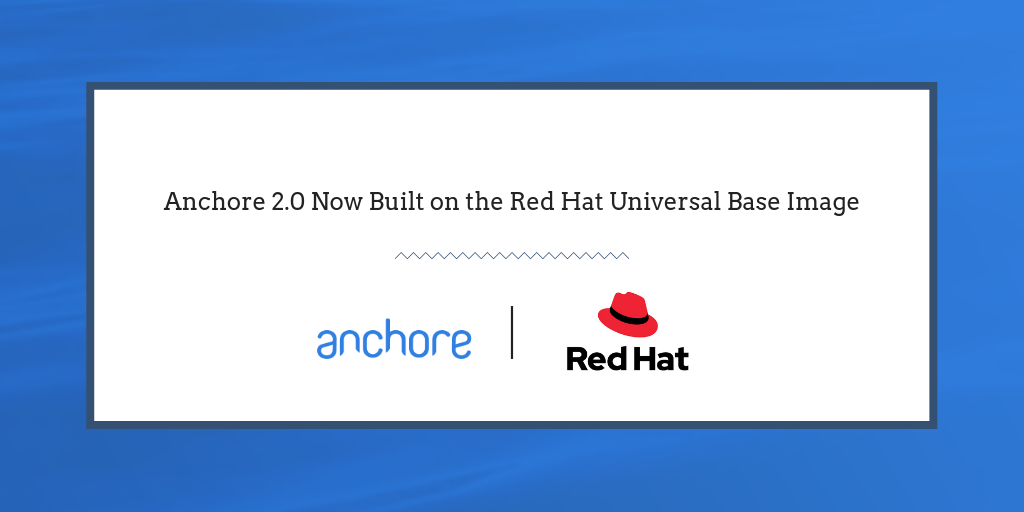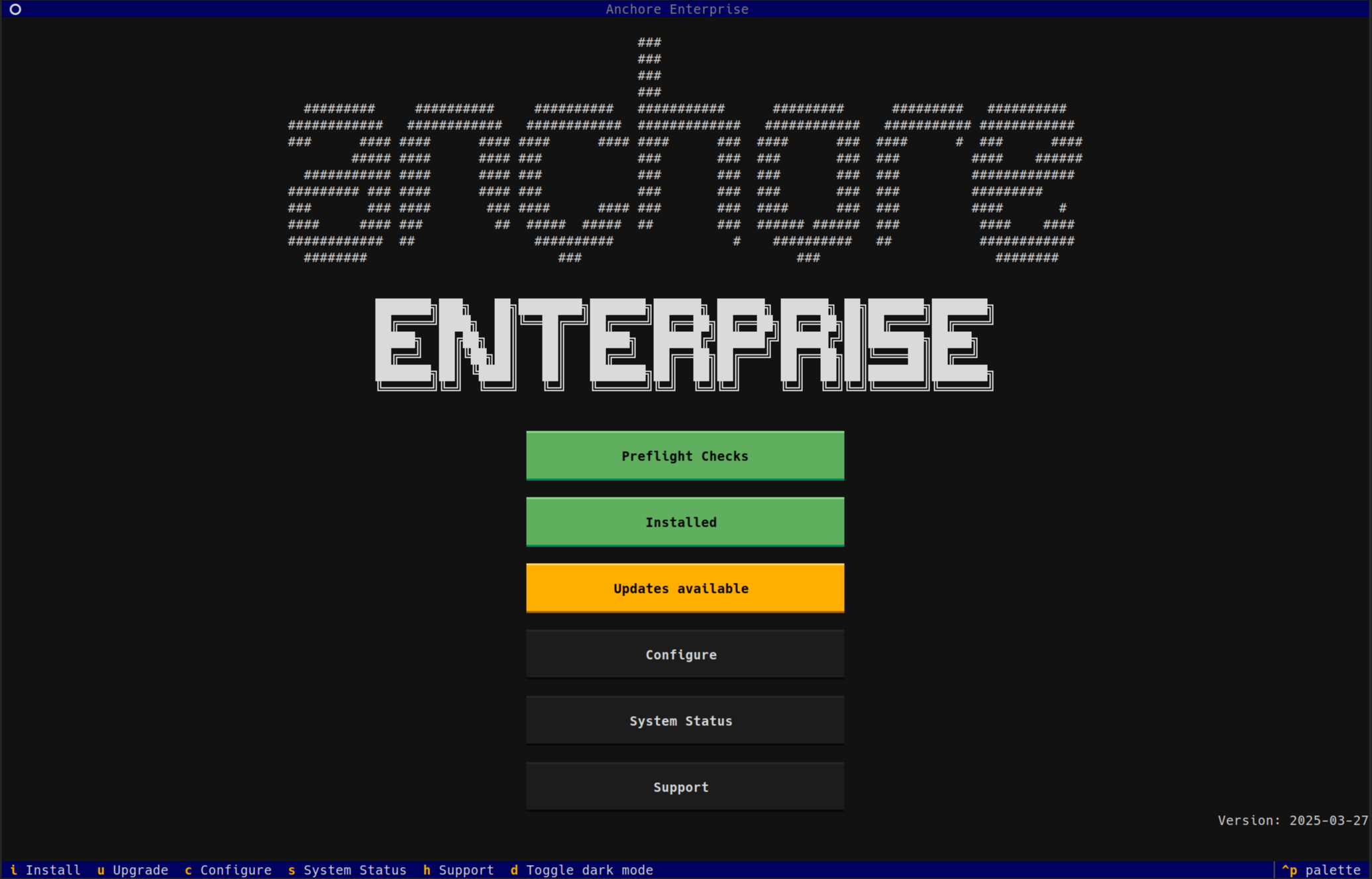Earlier this week Red Hat announced an exciting new offering for developers, technology partners, and users: the Red Hat Universal Base Image (UBI). Anchore is excited to announce that as of Anchore Enterprise 2.0 (including the OSS Anchore Engine), core Anchore container images will now be based on the Red Hat UBI.
As an organization that develops software that is primarily distributed to end-users as a collection of container images, we have derived great value and agility through the isolation and encapsulation that comes with developing on, building, testing, and distributing software using containers.
The Anchore services themselves are applications that utilize underlying libraries, dependencies and utilities that are typically provided by most Linux OS distributions, and as such our container images have historically been based on either CentOS or Ubuntu base images.
It is a testament to the effectiveness of container isolation that even though Anchore has changed which OS base image we’ve used, the user experience of running/upgrading Anchore across these changes has remained largely unchanged. However, there have been users who have asked for more from the underlying OS that Anchore services are built upon - specifically the ability to match the supported container and underlying OS infrastructure, and access to support options from the OS vendor for container-based service deployments. Up until now, we have not been able to provide crystal clear recommendations around these topics to our users.
"Red Hat is pleased to welcome Anchore as one of the first partners to adopt the Universal Base Image" said Lars Herrmann, senior director, Ecosystem Program, Red Hat. "We believe the availability of more freely redistributable, well-curated base images can simplify the development process for our partners and enhance the support experience of our mutual customers."
The Red Hat Universal Base Image is derived directly from Red Hat Enterprise Linux, and is freely available and redistributable, enabling technology partners and application developers such as ourselves to build and distribute our container-based applications, all based on a familiar and trusted Red Hat based OS.
As an application developer, the availability of the UBI short-circuits complications that can arise from users and customers of ours, who are asking for OS-level support for our application, and many other use cases where a supported container OS environment is required (in particular, within large enterprises and regulated industries). In addition, UBI has made the Red Hat OSS software ecosystem fully accessible, when it comes to delivering end-to-end (from development, through build, to distribution) container-based software. Anchore users can now utilize familiarity with Red Hat software for system diagnosis/deep inspection within the Anchore containers (based on UBI), and most importantly can now “turn on” official Red Hat support for any base OS concerns when running on Red Hat Enterprise Linux or Red Hat OpenShift, in addition to the specialized support available from Anchore for our own services.
We’re excited to be an early adopter of the UBI offering from Red Hat, and believe that moving to UBI as our base container image clearly and immediately improves the options available to ourselves (as application developers) and to all users of Anchore, across the board.
For more information on the Anchore Enterprise 2.0 launch, as well as the Red Hat Universal Base Image announcements and material, please refer to the following links.



